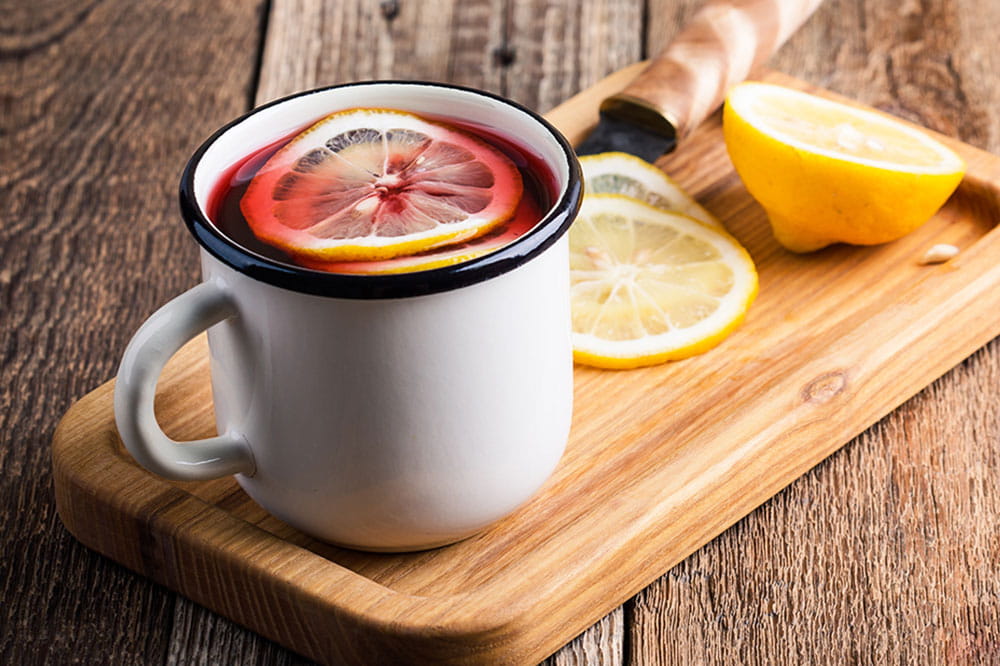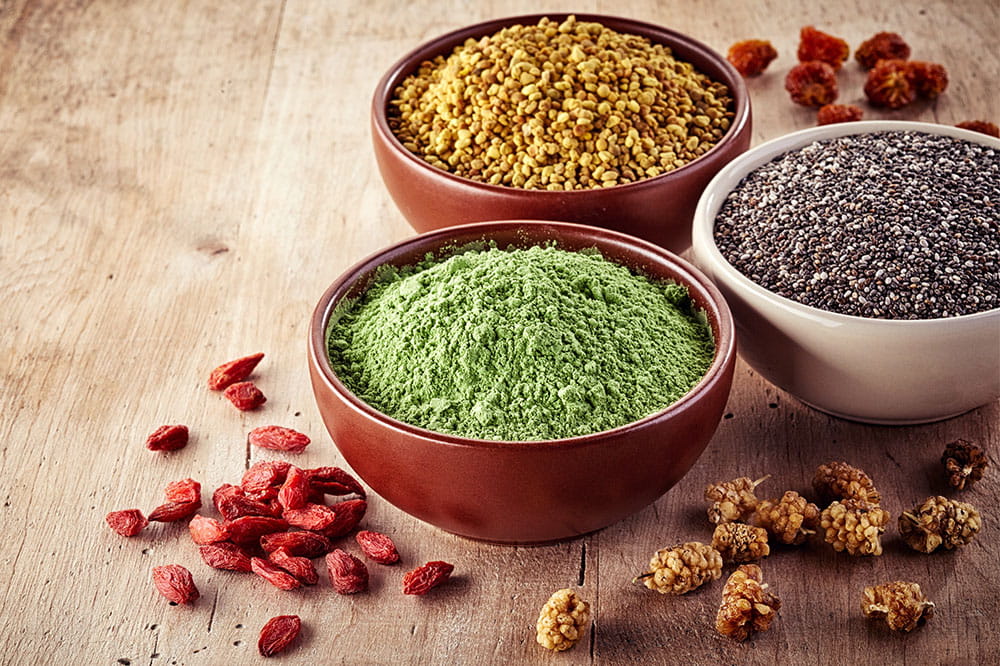Obtain news and background information about sealing technology, get in touch with innovative products – subscribe to the free e-mail newsletter.

30.10.2018 | Story
Autumn in a Glass
Halloween is right around the corner and most people know by now that the pumpkin season is upon us. Kids are lovingly hollowing out the gourds and adorning them with frightening grimaces. But what do you do with the juice and the pulp of a pumpkin? You can make a soup – that always works. But the pumpkin’s interior can also be a seasonal ingredient in coffee and beer.

Like the tomato and the potato, the pumpkin has its origins in the Americas. Today it is grown on every populated continent, and ranks in the top ten among vegetables cultivated worldwide. The largest quantities by far are grown in China and India. The United States and Mexico, both traditional homelands of the pumpkin, rank fifth and sixth. The pumpkin enjoys a special reputation in the United States for ensuring early American settlers’ survival – especially when grain harvests failed.
An Important Crop
The pumpkin became important as a grain substitute in Europe as well. At the end of the 18th century, for example, the Austrian emperor ordered its propagation for his rural subjects. Ground pumpkin seeds turned out to be a valuable alternative to cereal flour in bread-making. Even today, pumpkin seed meal gives bread a special character. It has also caught on as an ingredient in other baked goods, from cakes to muffins. Moreover, its dried seeds have enriched cuisines around the world, and countless varieties of pumpkin soup are prepared during the colder months. Different pumpkin varieties have even found a place in risottos and ragouts. The popular Hokkaido variety can be transformed into pumpkin fries in an instant. And today the gourd is even in demand as an ingredient in beverages.
Halloween: Paving the Way

As is often the case, the trend started out in the United States. As interest in Halloween increased, many consumers rediscovered the pumpkin as a food. And it has now found its way into coffee and beer. In the United States, pumpkin spice lattes have enjoyed continuing popularity for about fifteen years. Its recipe combines pumpkin juice with pinches of nutmeg, pepper, cloves and tonka beans. This invigorating mixture mostly makes its appearance just before Christmas. Served in a glass, the various layers of pumpkin juice, espresso and milk froth make it a visual treat.
Pumpkin as an Ingredient in Craft Beer
The idea of processing pumpkin juice with spices into a pumpkin ale also emerged in the U.S., where it is enjoyed as a seasonal treat. The brew has even traveled with the craft beer movement to other countries. Made with plenty of caramel malt, a cinnamon-nutmeg mixture and a pumpkin puree, the beer has a slightly fruity flavor after a few weeks of aging. To some people, it tastes a bit like gingerbread cake. The pumpkin can come into play as an ingredient during the boiling or the fermentation process – or as an addition to the mashing. At a minimum, the orange color of the brew reveals its pumpkin components. The result certainly won’t please everyone, but open-minded beer drinkers are advised to give it a try.
However exotic a food or beverage may be, Freudenberg promotes nutritional safety with products that it develops for the Food & Beverage industry. They make sure that flavors stay where they belong. Would you like to know more? You can find out more information here or on our new microsite.
More news on the subject Food & Beverage

Join Us!
Experience Freudenberg Sealing Technologies, its products and service offerings in text and videos, network with colleagues and stakeholders, and make valuable business contacts.
Connect on LinkedIn! open_in_new








